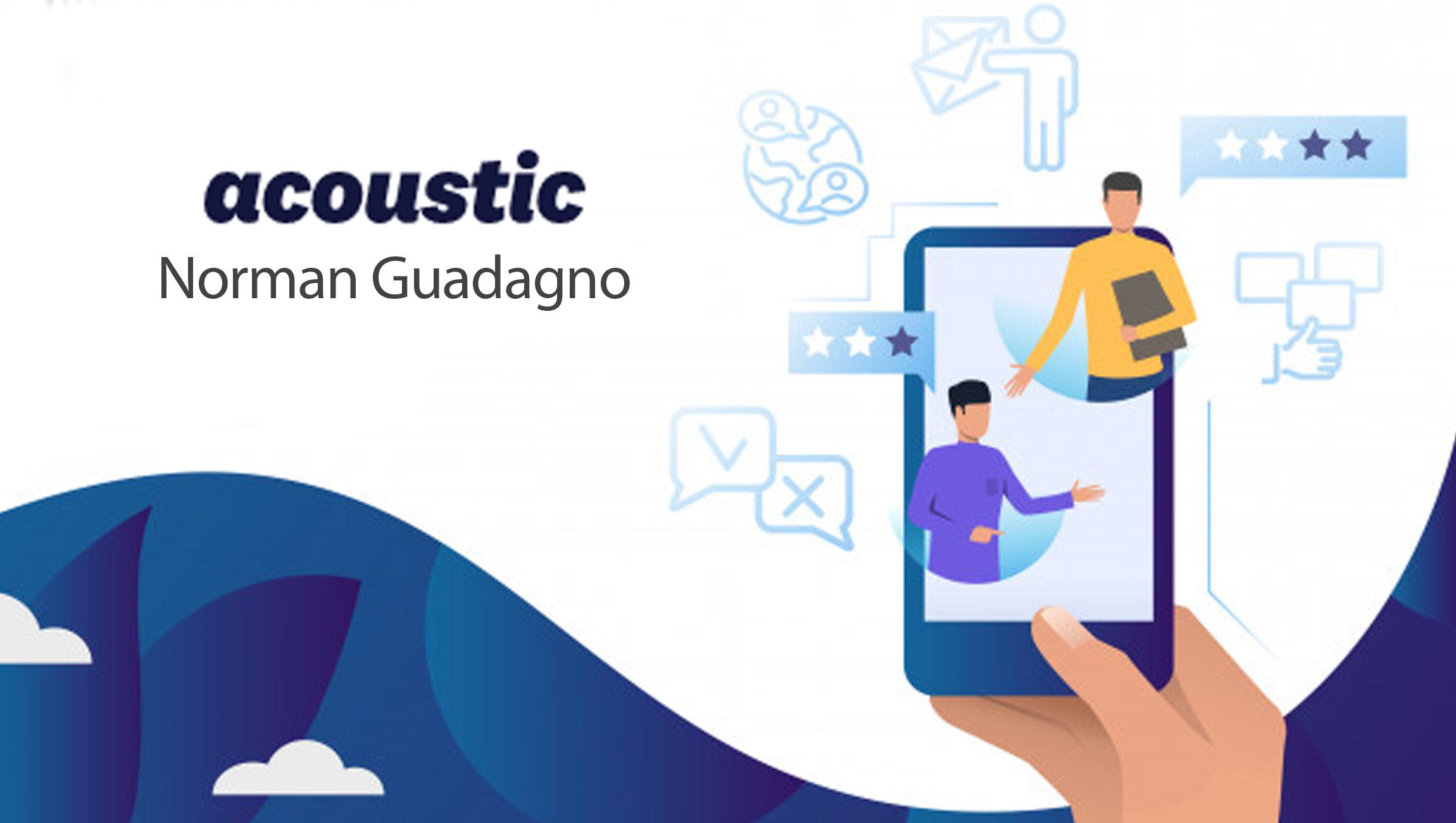My employees are my number one customer — that’s my mantra. But that doesn’t mean customers come second. In fact, the idea of treating your employees like you treat your customers is foundational to delivering an excellent customer experience (CX).
All business units depend on the creativity, productivity and attitude employees bring to the workplace. Treating your employees like your No. 1 customer can help you improve the employee experience (EX), build a customer-centric company and capture more revenue.
Marketing Technology News: AtScale Delivers “Live” Connection Experience for Microsoft Power BI
Customer-centric mindset + happy employees = company success
So, what is customer-centricity and why does it matter? For starters, customer-centric companies are more profitable and grow faster. These businesses consider their clients’ needs and expectations in everything they do. Each interaction with the customer is a chance to develop a long-term relationship, foster loyalty and form brand ambassadors.
But you can’t become truly customer-centric unless you also treat your employees like customers and provide them with positive experiences.
Employees need to love (or at the very least like) your business and its offerings. This affinity, coupled with company knowledge, is what makes good customer experiences. Even employees who don’t interact with clients still affect clients. Their contributions impact company operations, procedures and culture, which ultimately trickle down to the customer.
Unhappy or unknowledgeable employees can damage the customer experience. Roughly half of consumers would switch to a competitor after just one bad experience. And that number jumps to 80% after more than one. As a result, dissatisfied employees can damage your reputation, make lead conversion more difficult and decrease customer lifetime value.
3 steps to build an EX that supports your CX
Creating a positive employee experience involves more than standard perks or vacation time (although this can help). Above all, employees must feel valued, trusted and respected to really move the needle on your CX.
It’s worth repeating here one more time: Treat employees like your No. 1 customer. Just like with your customers, you must listen to employees, meet their expectations and empower them to meet their goals. By following these three steps you’ll be on a path to a stronger, more customer-centric employee experience, ultimately benefiting both your company and its customers:
1. Motivate employees with purpose
A clear purpose is key to higher productivity, sustained growth and happier employees. Purpose-driven companies are 30% more innovative and have a 40% higher retention rate than their competitors. The first step to becoming purpose-driven is careful examination and alignment on why your organization exists, what problems it solves and what it wants to be. Ideally, your purpose should be centered around your customers’ needs.
As a leader, it’s your responsibility to incorporate purpose into the employee experience. You must help each employee understand how they contribute to the company’s shared mission. Connect the dots on how their role impacts the work you do for customers.
2. Provide support and communicate
Employees can only do their jobs effectively if equipped with the proper tools, training and ongoing support. A remote or hybrid work environment makes it more difficult to gauge an individual employee’s needs and knowledge gaps. Communication tools with messaging, screen sharing and co-browsing can help employees share resources, ask questions, collaborate and form a community.
Communication must also come from the top down. Yet, only 13% of employees strongly agree their company’s leadership communicates well with its workforce. Consistent touchpoints — like company-wide meetings or newsletters — can build employee trust, reduce information silos and foster company pride.
3. Measure feedback
Just like customer feedback is integral to the CX, so is employee feedback to the EX. When you request feedback and then take action, it shows employees you value their input and happiness.
To find pain points in the employee lifecycle, survey employees and check reviews on job websites. Feedback will also help you stay ahead of EX trends and become a leading employer. For example, younger generations increasingly expect digital applications to access their employee benefits or communicate with colleagues.
Marketing Technology News: MarTech Interview with Armen Adjemian, Co-Founder and CEO at DISQO
Experiences matter
Every company in every industry can benefit from improving its employee experience. Proud, customer-centric and supported employees are more likely to succeed. And their successes benefit your customers. Engaged customers help you expand your brand, drive profitability, spur growth and differentiate yourself from the competition.












Comments are closed.